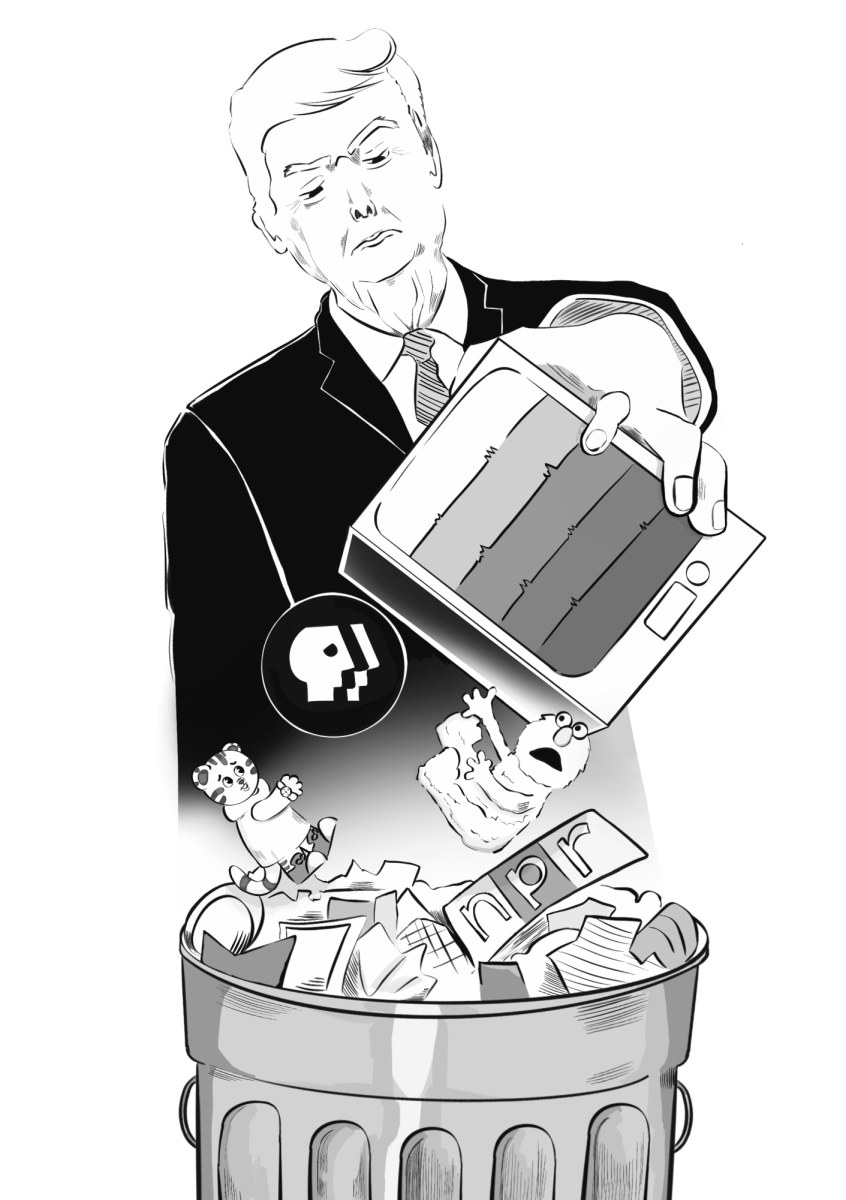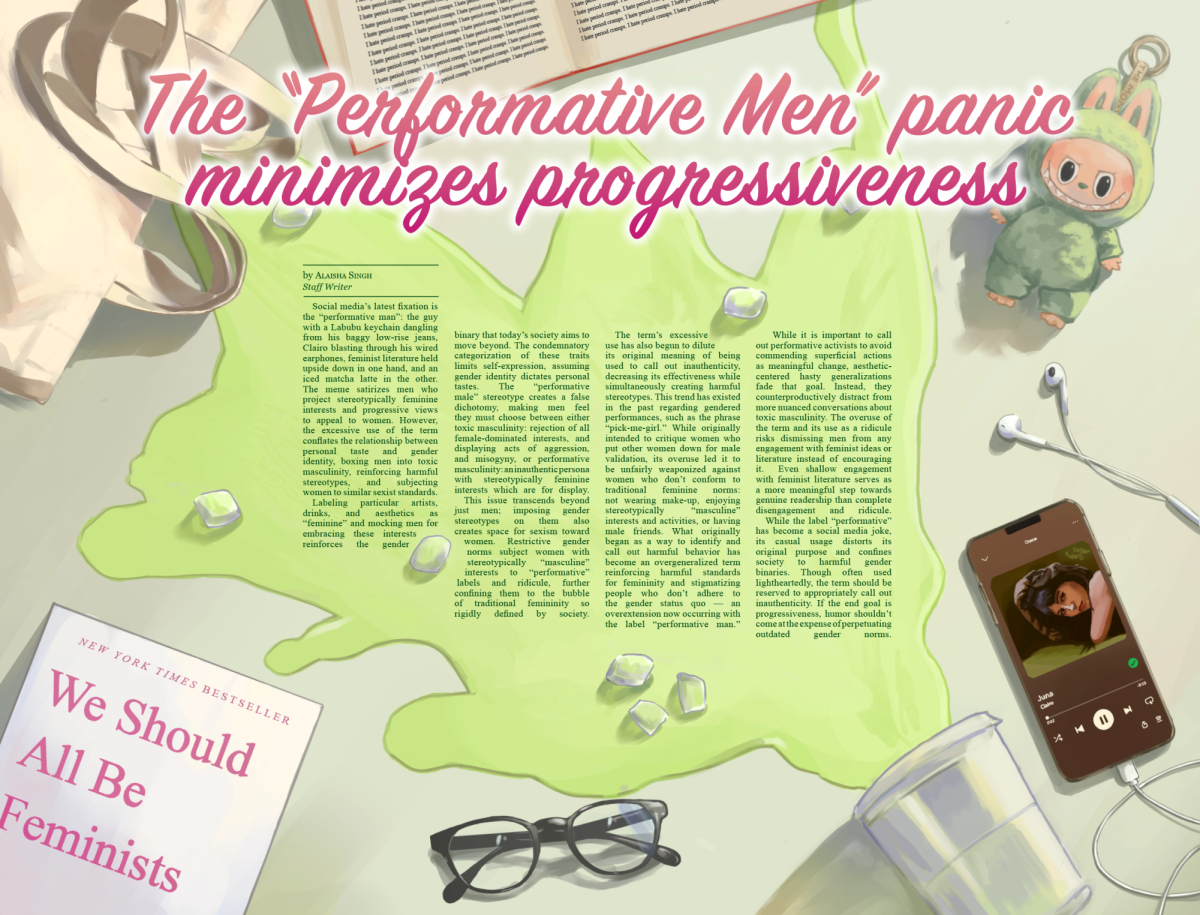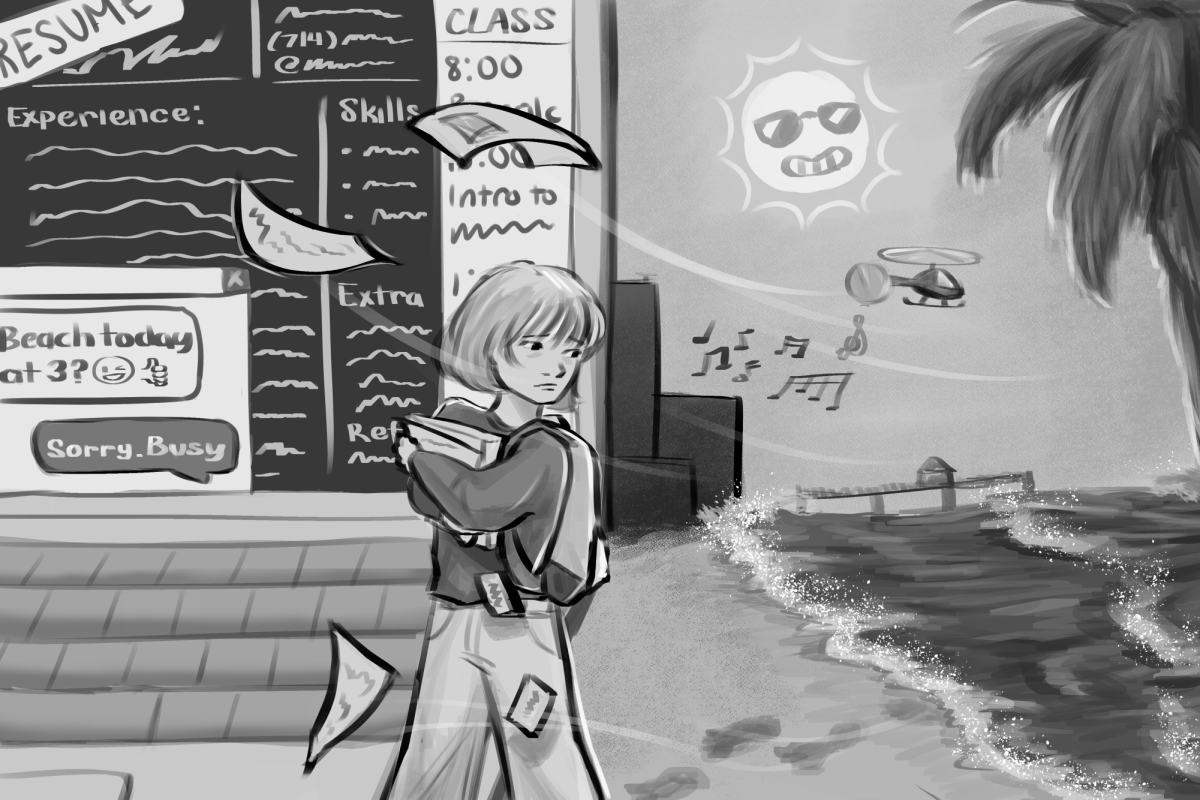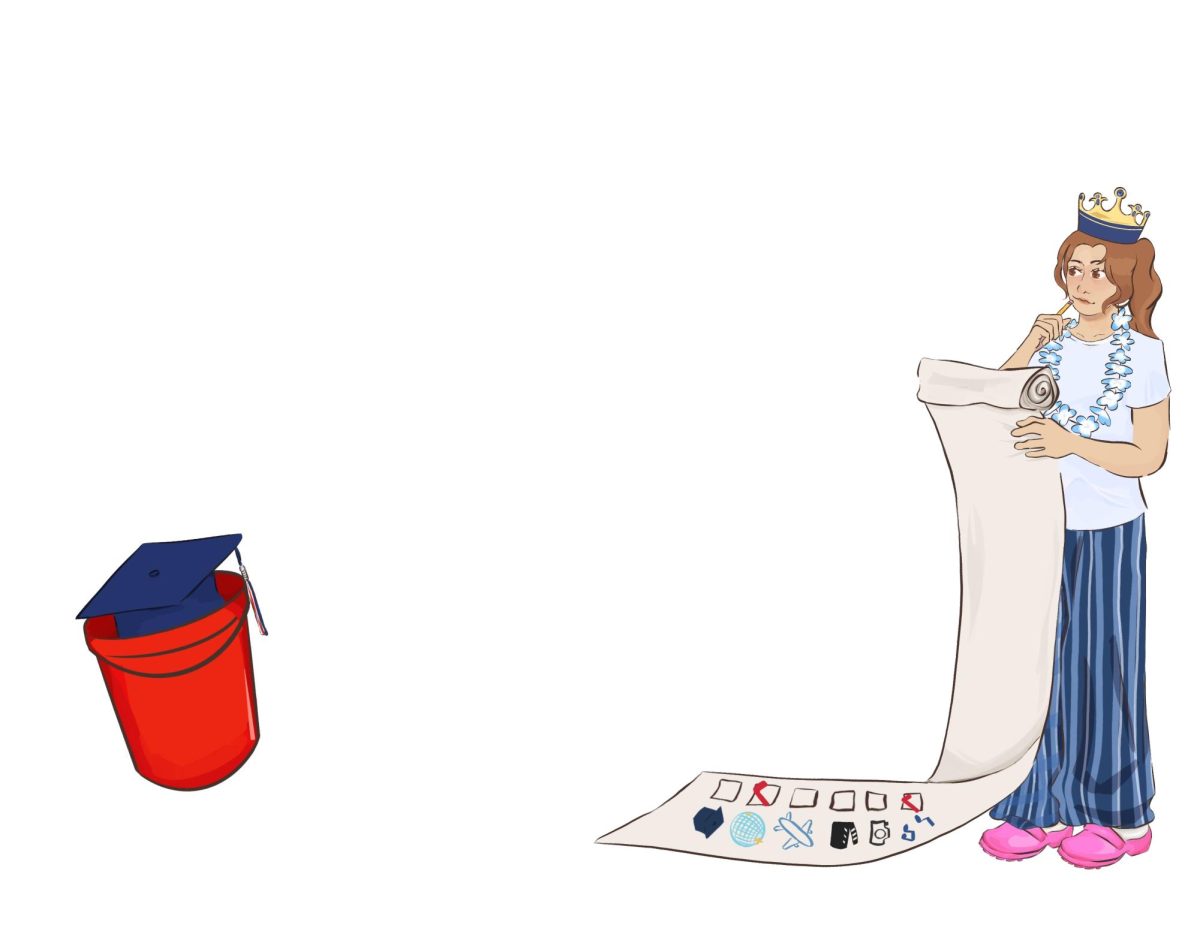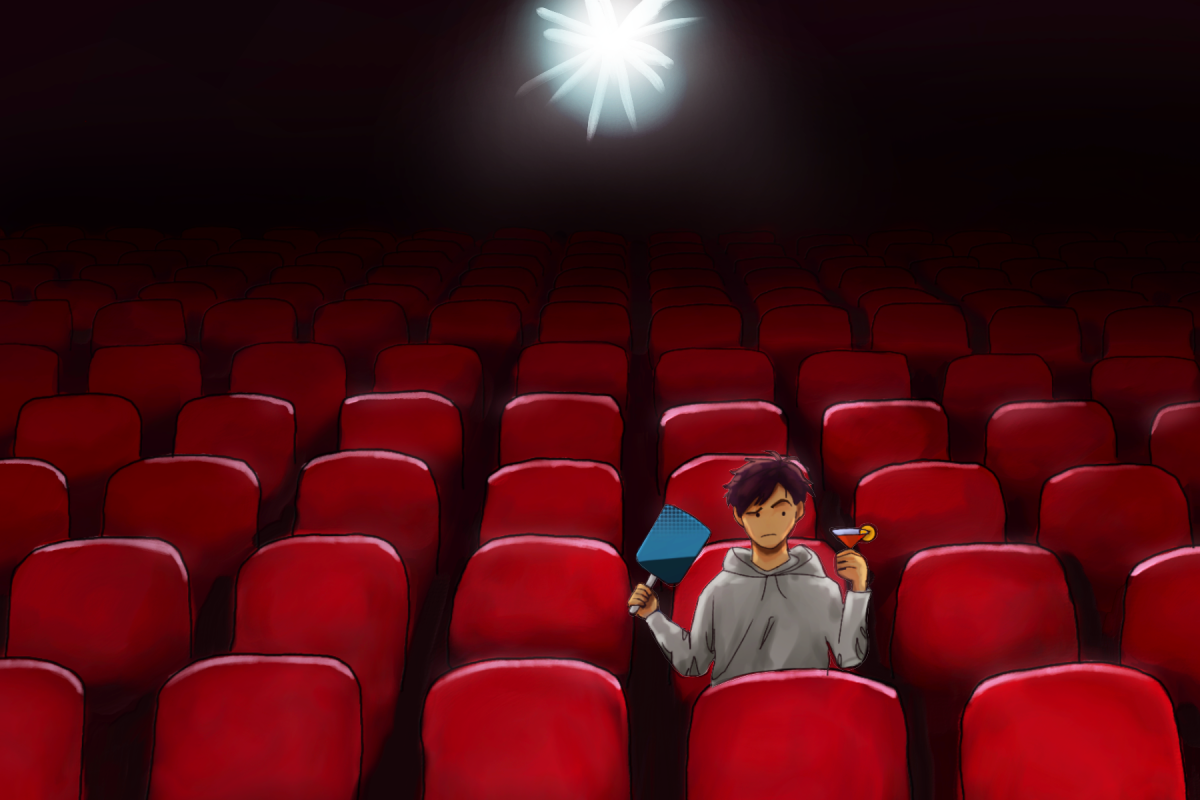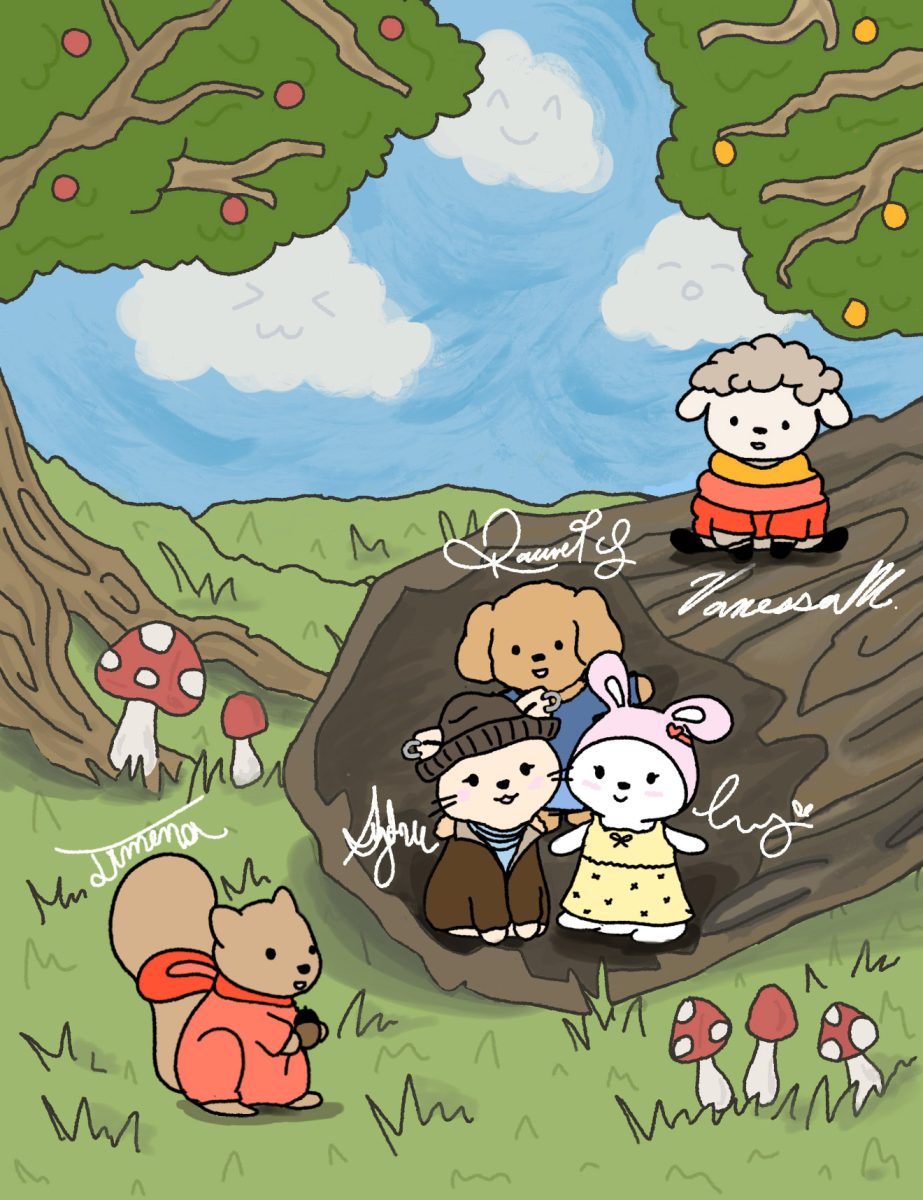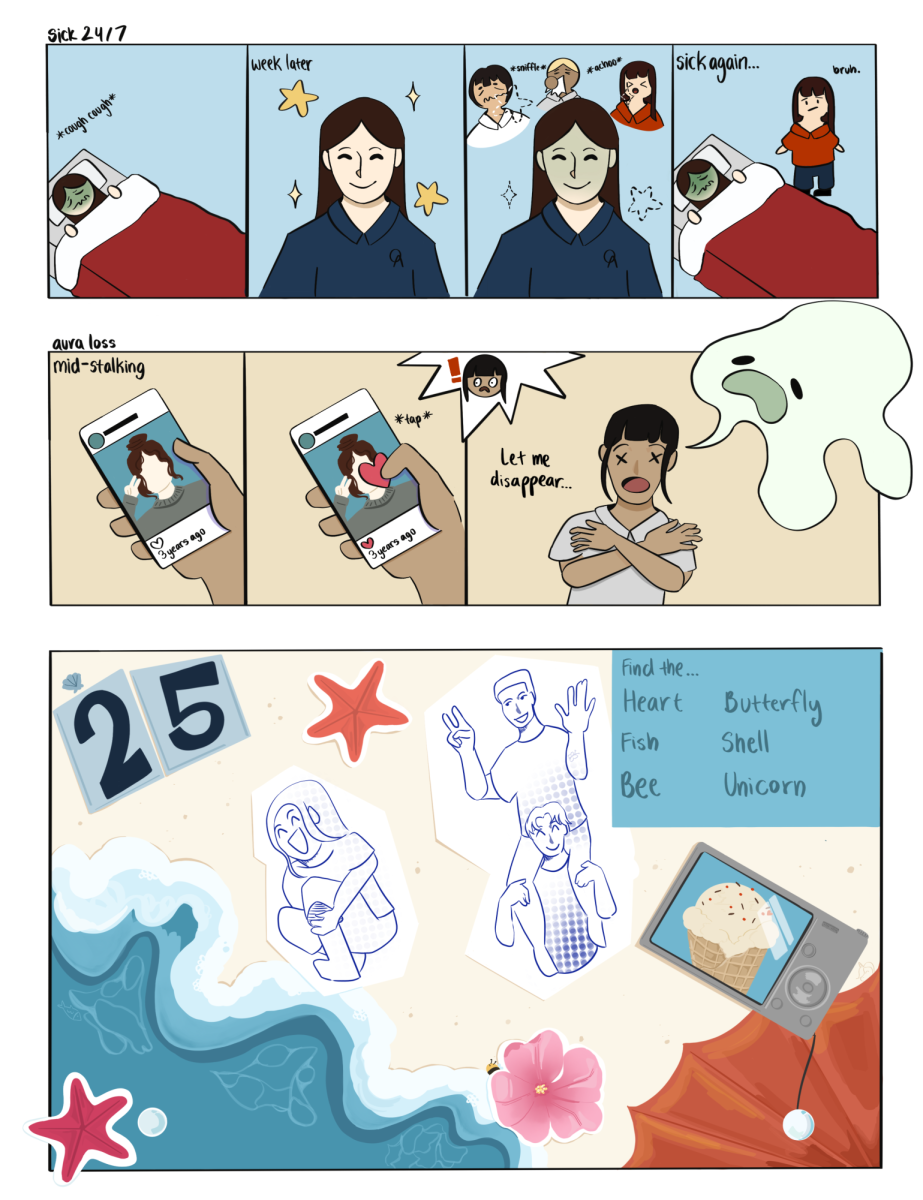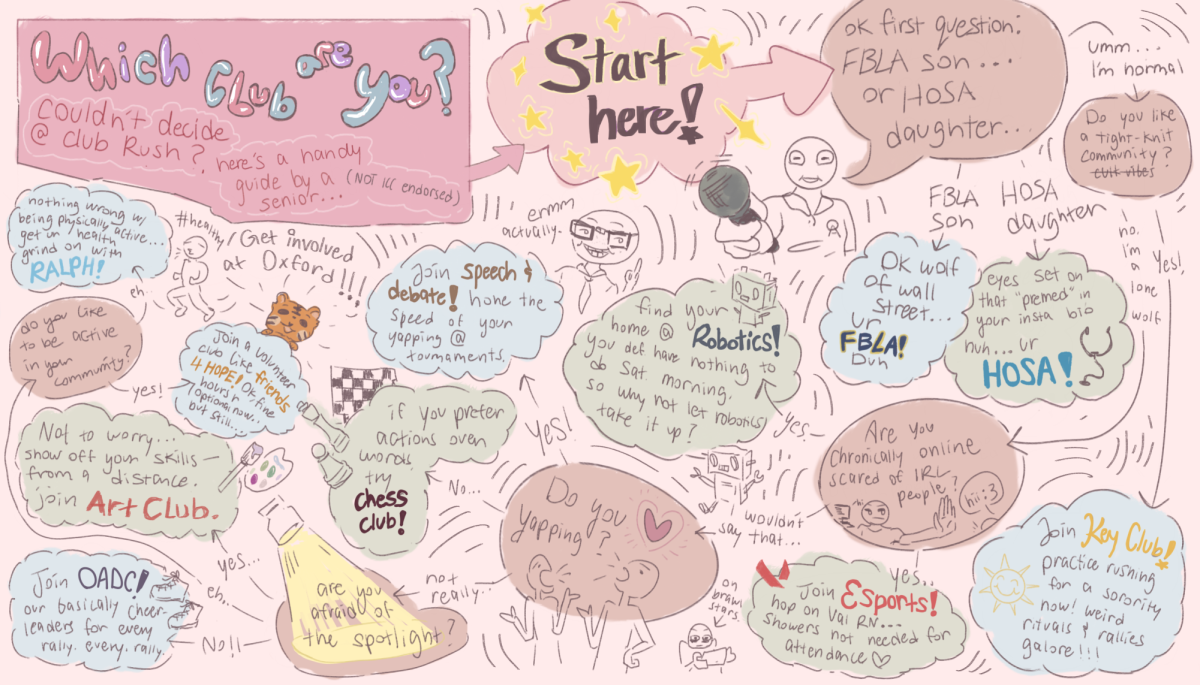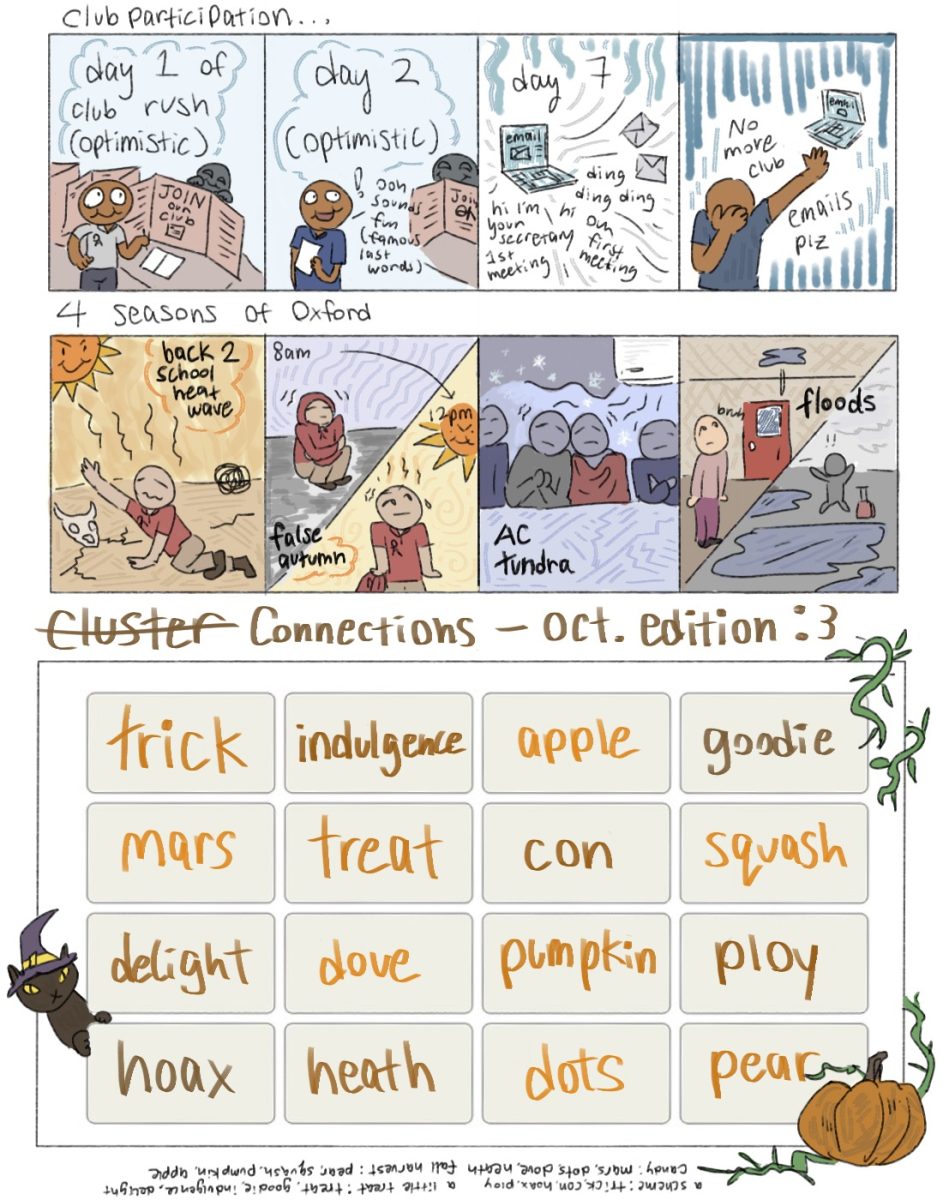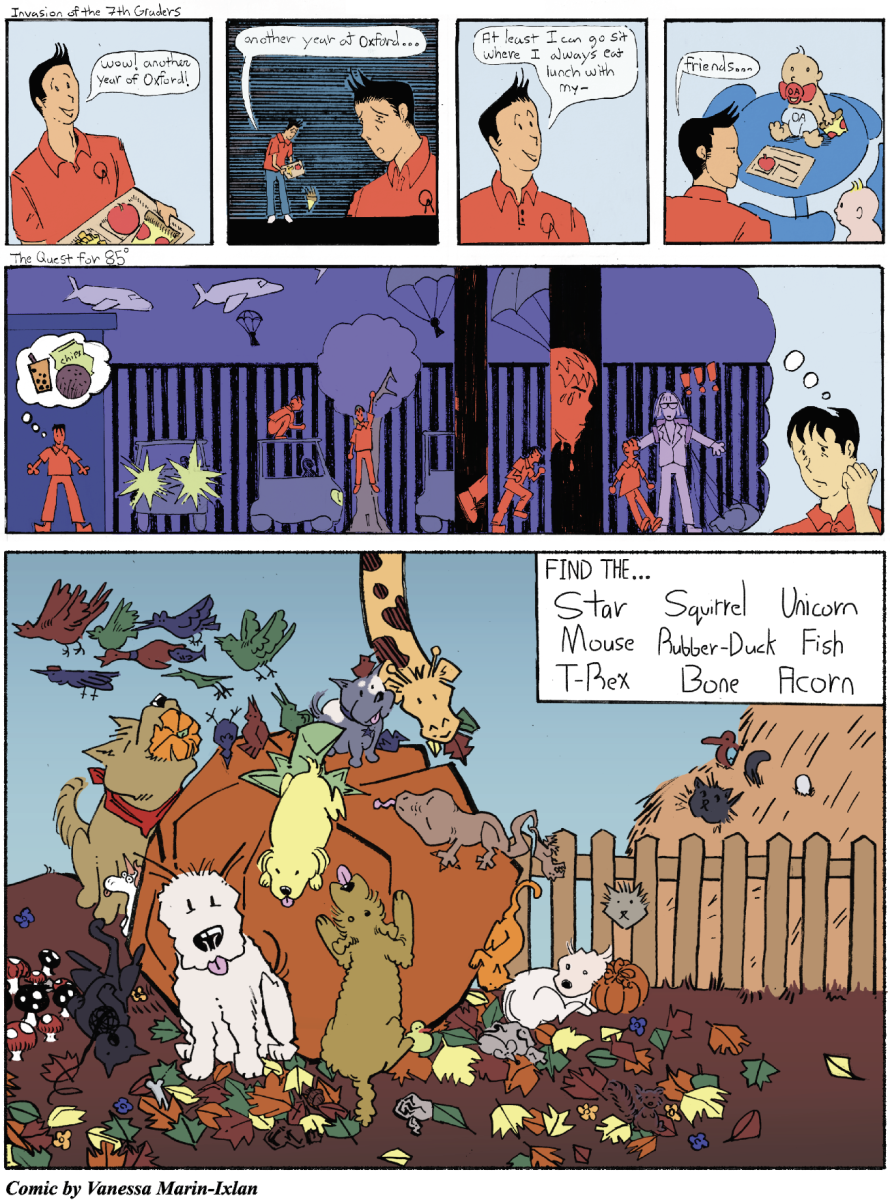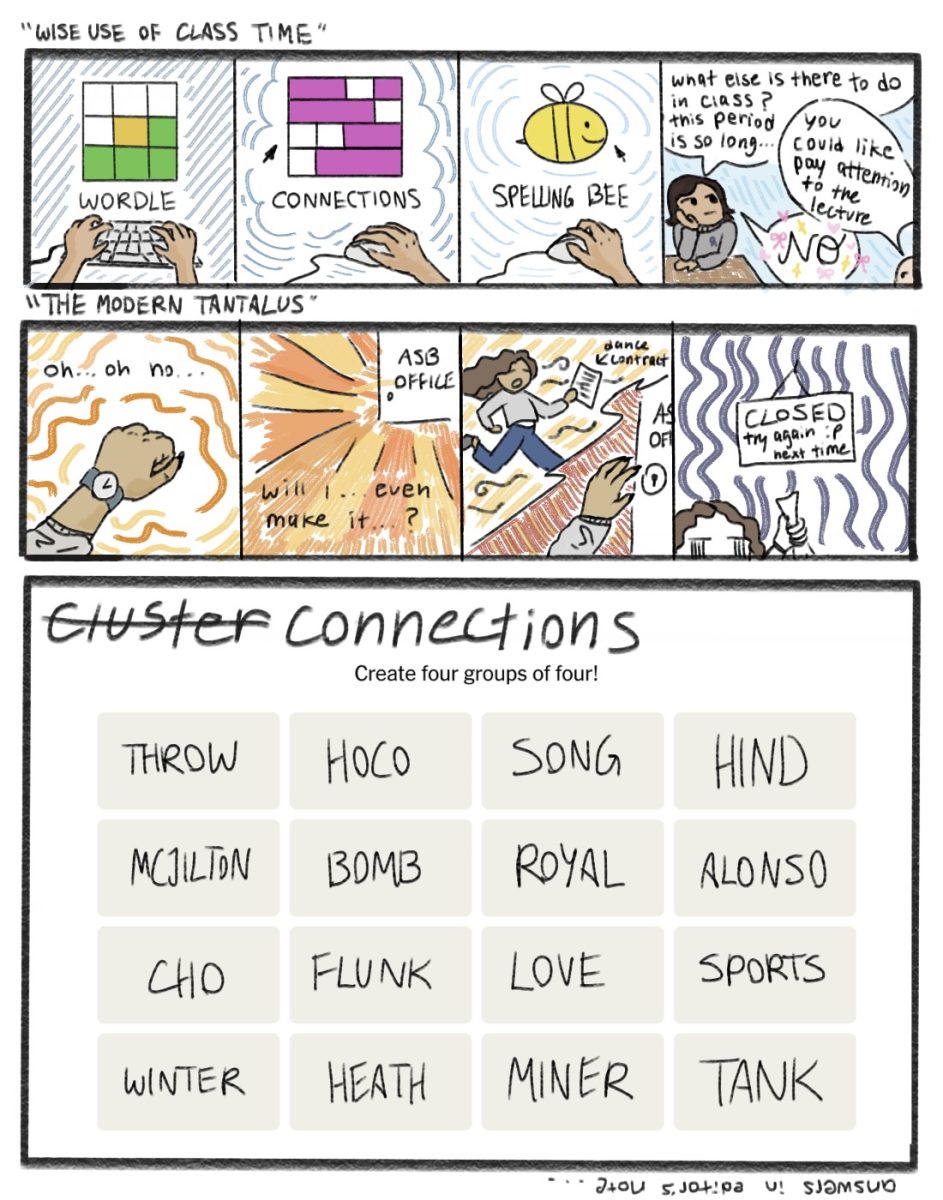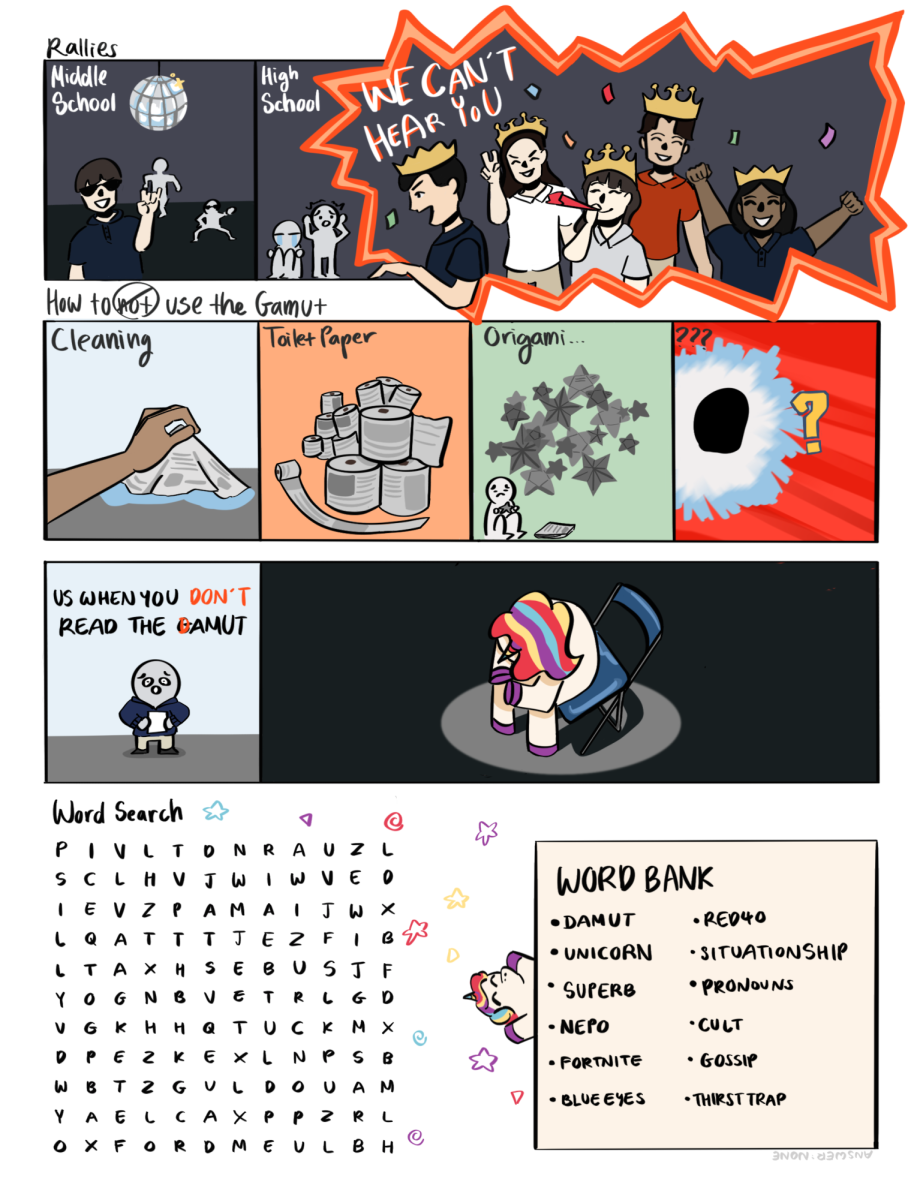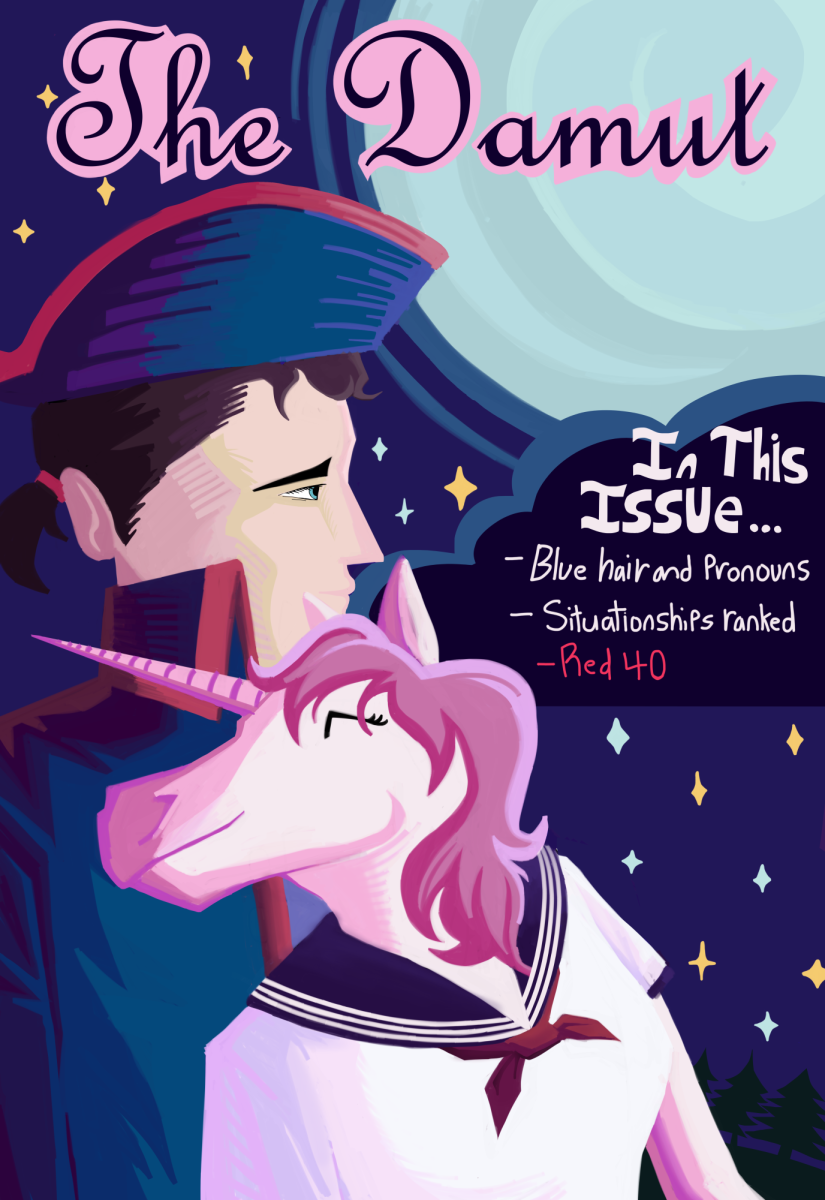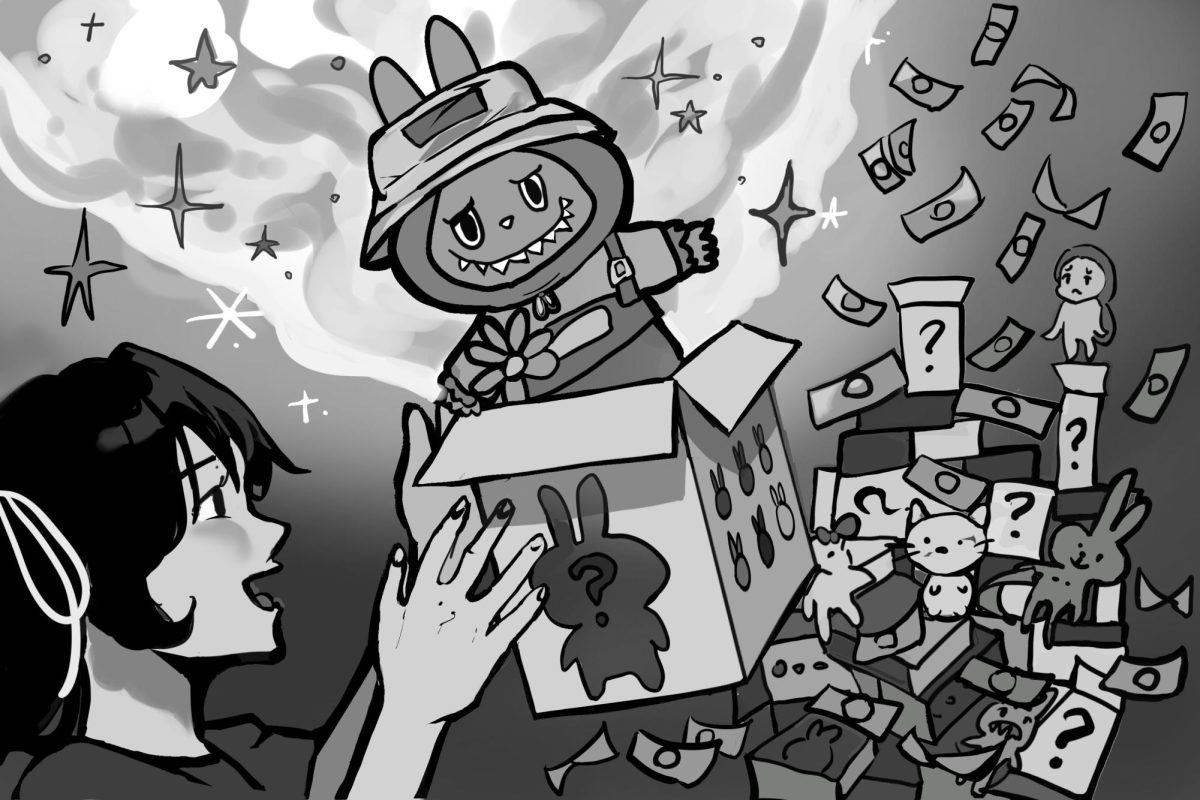Blind boxes have become a cultural phenomenon, captivating youth with an irresistible blend of mystery and cuteness. Unboxing videos of popular series, such as Smiski and Sonny Angels, and shopping haul vlogs from stores like Popmart and Miniso, dominate social media, propelling the niche market into the mainstream. However, while the thrill of unveiling surprise figurines may seem innocuous, the luck-based mechanics of blind boxes mirror gambling, normalizing a casual gambling culture with serious financial and psychological risks for young consumers.
At their core, blind boxes use a random reward system that capitalizes on the buzz of unpredictability, tapping into the psychology of suspense and risk to create an addictive experience. Unboxing blind boxes can become an obsessive ritual fueled by the sunk cost fallacy: once buyers invest in multiple boxes, they feel compelled to continue purchasing — much like a gambler chasing losses — to obtain the figure they want or complete the entire collection. This cycle fosters compulsive buying, intertwining the drive to purchase blind boxes with deep emotional and financial investment, designing a psychological trap where the rush of instant gratification overrides thoughtful decision-making.
Advertised as harmless collectible items, the blind boxes cultivate a sense of urgency and demand.
Companies strategically market these products to appeal to vulnerable youth, using bright colors, adorable designs, and iconic characters from franchises like Sanrio and Peanuts. Advertised as harmless collectible items, the blind boxes cultivate a sense of urgency and demand, encouraging young consumers to complete entire sets, especially when limited seasonal or mystery editions are introduced. However, while the narrative surrounding blind boxes seems innocent, presented as innocent fun for youth, the allure lies in a carefully manufactured story, subtly nurturing excessive and frequent impulsive spending, pushing unhealthy consumerism.
Social media amplifies this widespread acceptance, showcasing only the thrill and fun of unboxing while ignoring the risks of impulse buying and financial irresponsibility. By normalizing “gateway” gambling behaviors, especially as children are increasingly exposed to other forms of casual gambling such as online gacha games and loot boxes, blind boxes introduce children to the addictive thrills of chance, potentially spurring participation in more problematic forms of gambling later in life. Still developing impulse control and financial awareness, young consumers are especially susceptible to adopting a penchant for risk-taking, shaping and compromising their attitudes toward their spending habits and relationship with money.
While blind boxes can serve as fun and benign forms of entertainment, it is essential to remain mindful of excessive spending and addiction risks. By setting clear boundaries and reflecting on the marketing tactics and emotional triggers behind blind boxes, individuals can enjoy the occasional thrill of a mystery box without succumbing to reckless buying, keeping collecting a lighthearted hobby.








